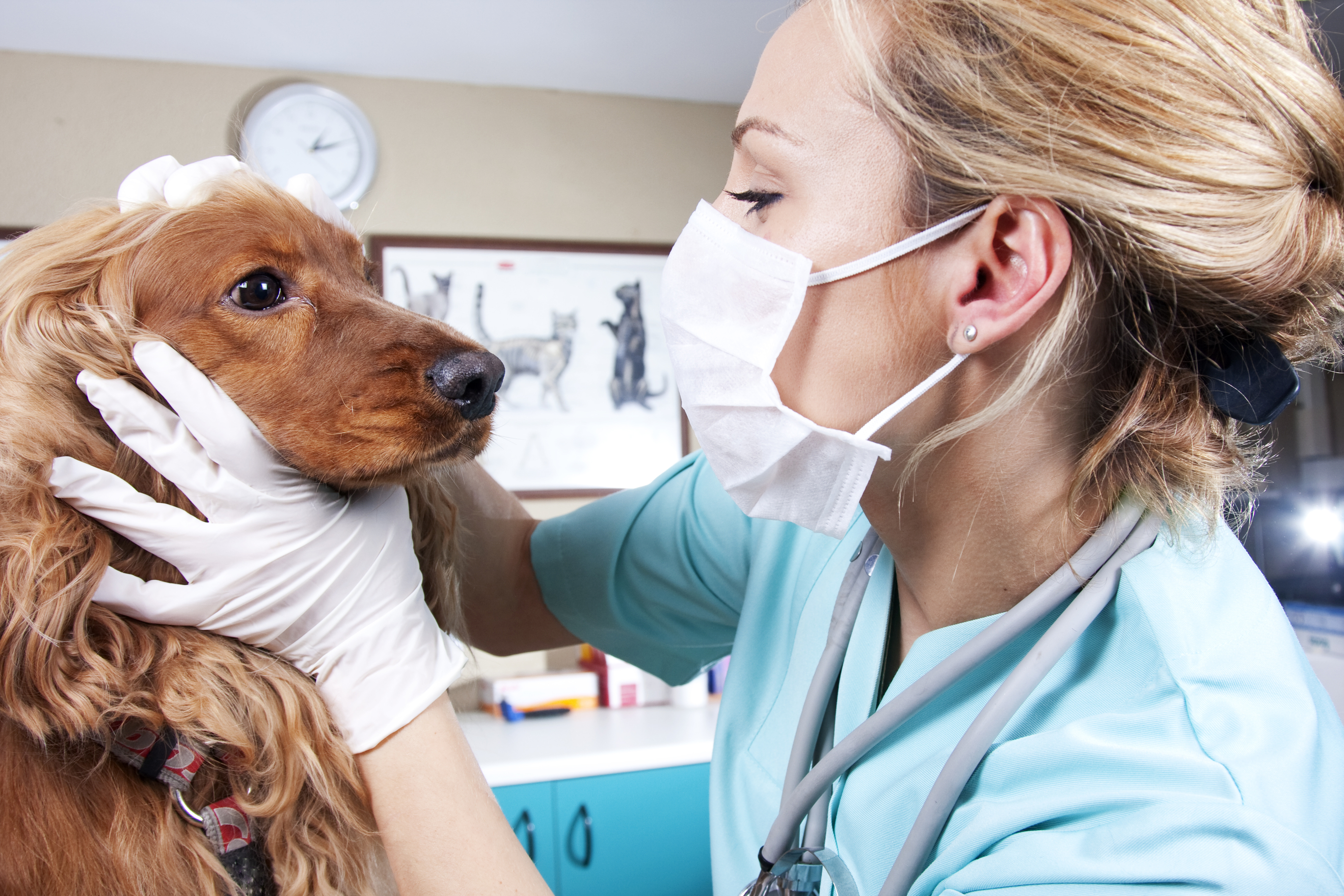The Rising Price of Pet Care
Written by Arbitrage • 2025-11-25 00:00:00

The bill for keeping pets healthy has been climbing faster than many household budgets can keep up. In March 2024, the Consumer Price Index for urban consumers was up 3.5% year over year, but the veterinary-services category was up 9.6 percent. This has left many pet parents feeling the squeeze. Industrywide spending reflects the shift: Americans spent an estimated $38 billion on veterinary and related services in 2023, up from about $29 billion in 2019.
Several forces are pushing costs higher. For one, pets live longer and receive far more advanced medicine than a generation ago, including MRIs and echocardiograms to oncology and allergy care. Those capabilities require expensive equipment, specialists, and 24/7 emergency capacity, which all show up on invoices. As one charity leader put it, what used to require a teaching hospital is "available basically everywhere - but that starts at $2,000."
In addition, veterinary labor is now pricier - and for good reason. Practices are paying to recruit and retain veterinarians and highly trained technicians in a tight labor market. According to the U.S. Bureau of Labor Statistics, the median pay for veterinary technologists and technicians reached about $45,980 in 2024, and professional groups report wages rising alongside persistent burnout and turnover. New DVMs also carry heavy student debt loads: among 2024 graduates with debt, the average amount owed was roughly $200,000, creating pressure for higher starting salaries. Those realities filter into your pets' exam fees, procedure pricing, and emergency surcharges.
Even the very business of pet care is changing. Corporate and private-equity ownership has expanded rapidly, with large groups now owning thousands of clinics and many specialty pet hospitals. Mars Inc., of Skittles and Snickers fame, is, oddly, the largest owner of stand-alone veterinary clinics in the United States, operating more than 2,000 practices under the names Banfield, VCA, and BluePearl. JAB Holding Company, the owner of National Veterinary Associates' 1,000-plus hospitals - not to mention Panera and Espresso House - also holds multiple pet insurance lines in its portfolio. Veterinary-industry insiders now estimate that 25 to 30 percent of practices in the United States are under large corporate umbrellas, up from 8 percent a little more than a decade ago. (For specialty clinics, the number is closer to three out of four.) One survey showed that fewer than 15 percent of corporate-owned practices in Arizona put their own brand identity on their vets; most keep the original practice name, leaving customers with the illusion of local ownership. "A large number of these funds are seeing veterinary medicine as a good profit center," said Iowa veterinarian Dr. Grant Jacobson, who serves on the board of the Independent Veterinary Practitioners Association. Reporters and researchers have documented steeper price increases at some corporate-owned practices and more aggressive recommended services. "Before, I never felt any pressure to be making a certain amount of money in a day," Alabama veterinarian Dr. Melissa Ezell said of changes at her clinic as corporate targets tightened. But now she is pressured to make a certain amount of money from every appointment and was urged to pack in more patients outside of normal business hours.
Veterinarians stress that most teams are trying to practice good medicine under tough constraints. But as the sector professionalizes and consolidates, the incentives around revenue targets, throughput, and "standards of care" often collide with a family's budget and risk tolerance. As one vet told a reporter from The Atlantic, "I almost got to the point where I was ashamed to tell people what the estimate was." Pet parents, meanwhile, are left weighing love and limits - grateful for the lifesaving care but stunned by the cost.
If there's a path to relief, experts point to a mix of transparency and prevention: clearer estimates and itemized options, broader use of tele-triage, price comparison for pharmacies where appropriate, earlier diagnostics to avoid costlier crises, and financial tools that don't trap families in high-interest debt. For now, though, the arithmetic is unavoidable: better, broader veterinary medicine costs more. And until the industry's structure and incentives change, pet parents will keep feeling it in their wallets.